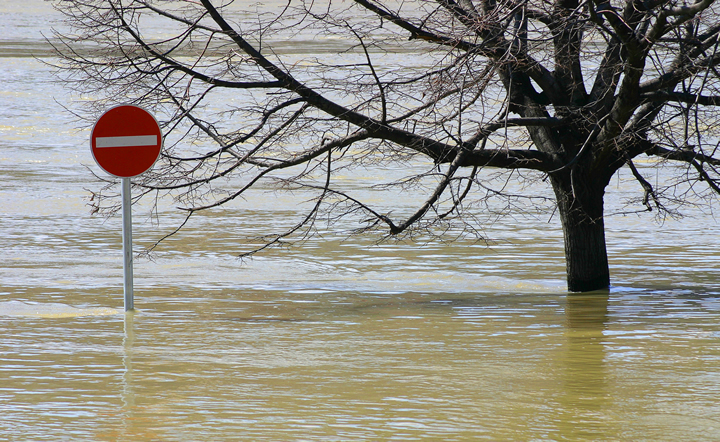Renewable Energy Becoming the Norm for Emergency Power

Renewable energy is becoming increasingly widespread throughout many parts of the United States and the world. However, a relatively newer trend involves people using it for backup power during emergencies. Here’s a closer look at the possibilities and use cases.
Company Provides Renewable Power in a Portable Trailer
It’s not enough for emergency power to simply be renewable. That’s a great start, but the energy sources must be movable to any location that needs them. Sesame Solar checks both those boxes with its Nanogrid.
The product combines a hydrogen fuel cell, solar panels and a battery backup in a 20-foot trailer. The company has reportedly already sold almost 60 Nanogrids in the past five years, retailing for between $100,000 and $500,000, depending on capacity.
One humanitarian organization used a Nanogrid for a mobile medical clinic after a hurricane. Telecommunications companies have also relied on them to keep internet access available during blackouts.
This solution’s portability makes it ideal for people like city planners or other local authorities who want to prepare for emergencies with better flexibility. The price point could be an initial deterrent. However, when decision-makers realize how the Nanogrid could provide clean backup power on demand, they could conclude it’s worth the expense.
Renewable Energy Proving Vital for Puerto Ricans
Electricity access is a common topic in Puerto Rico, as power outages there are frequent and prolonged. The situation worsens during hurricanes. Electricity disruptions can cause immediate financial strain for companies that need power to operate. Outages also threaten people who use powered medical equipment and need it to survive.
Scientists at the U.S. Department of Energy’s Oak Ridge National Laboratory are working with renewable-energy-powered microgrids. These will help bring more resilience to the electricity infrastructure in the communities that need them. More specifically, the team is developing microgrids that work as clusters. Then, they’ll keep working despite sustaining damage. They plan to deploy a microgrid orchestrator in the Puerto Rican town of Adjuntas.
Microgrids usually have independent energy supplies from nearby wind or solar sources. Then, with the help of a battery backup, they can keep working separately from the larger grid. The scientists are working with a local nonprofit that has already installed and used a solar grid to provide emergency power during a previous hurricane.
Microsoft Combines Wind and Batteries for Data Center Backup Power
Wind power production causes a reduction of approximately 1.1 billion tons of greenhouse gas emissions globally. Microsoft uses that type of renewable energy at one of its data centers in Ireland. However, as wind conditions change throughout the day, those fluctuations cause variations in total power output.
The tech giant achieves more stability with backup batteries used alongside wind energy. It already uses those to keep the data center operational during power outages. Now, the batteries will also provide the backup power necessary for uninterrupted service when demand exceeds the supply given by various sources.
Christian Belady is a distinguished engineer and vice president of Microsoft’s data center advanced development group. He discussed the inspiration for using the batteries, saying, “We have this battery asset in the data center that is just sitting there.”
Belady continued, “Why don’t we offer it to the grid and come up with a dynamic way of managing it as a dual-purpose asset and thus drive more efficiency and asset utilization? That’s what drove this win-win situation.”
People Are Turning Away From Polluting Power Sources
When locations need emergency power, people often use what’s most readily available to provide it. That’s historically meant using options that contribute to pollution and emissions. However, as these examples show, that’s starting to change.
As more organizations and decision-makers opt for renewables to meet emergency power needs, this trend should gain momentum. That’s good news for the planet’s future and will help show people greener options exist.
Comments (0)
This post does not have any comments. Be the first to leave a comment below.
Featured Product

